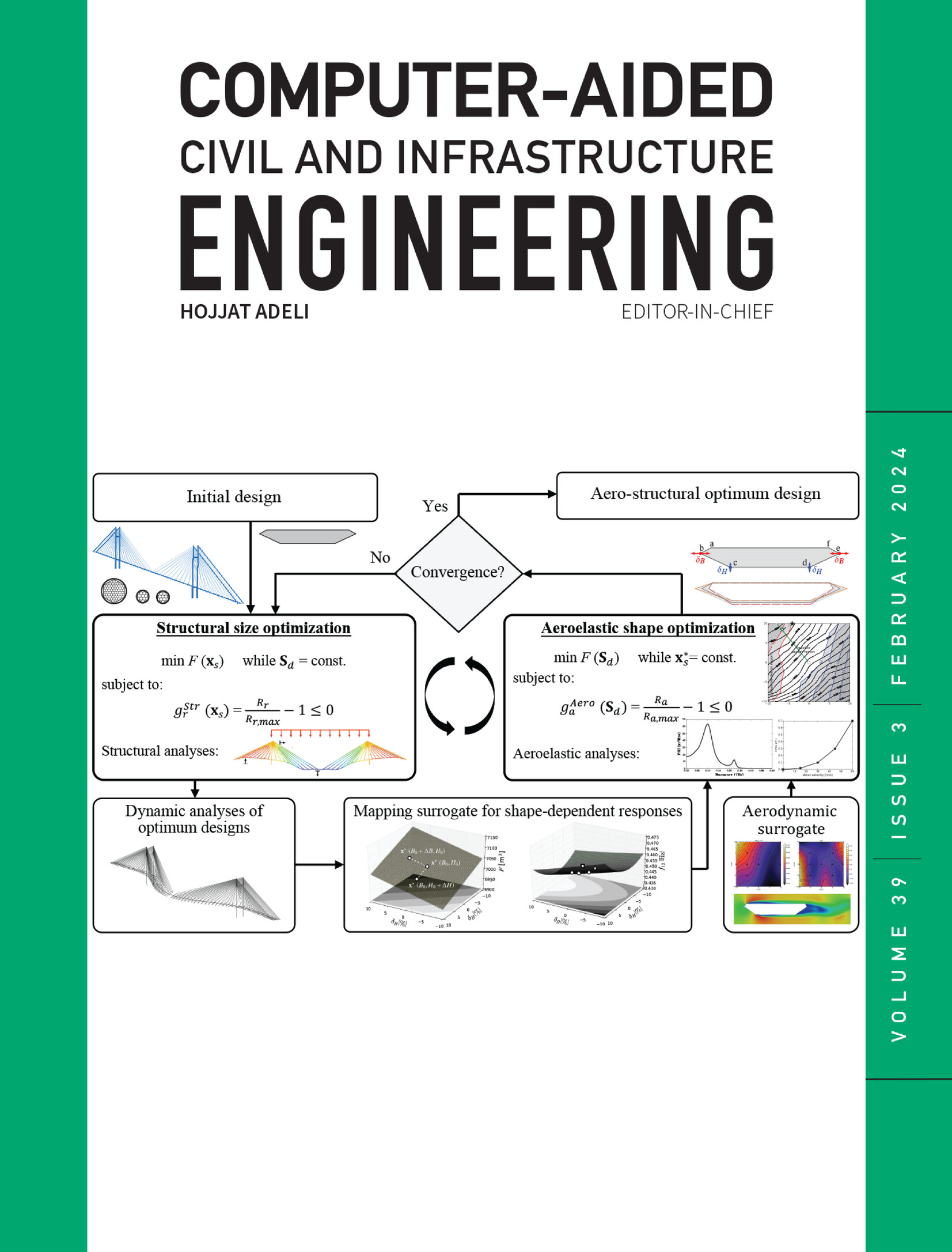基于计算机断层扫描的深度学习自动分割的嫦娥五号月球土壤三维形态分析
IF 8.5
1区 工程技术
Q1 COMPUTER SCIENCE, INTERDISCIPLINARY APPLICATIONS
引用次数: 0
摘要
晶粒形态是月球土壤的基本特征,影响其机械性能、烧结行为和原地资源利用。然而,传统的二维成像方法既耗时又缺乏完整的三维(3D)结构信息。本研究针对嫦娥五号月球土壤样品的高分辨率 X 射线计算机断层扫描,提出了一种基于深度学习的自动分割和重建算法。通过将 U-Net 卷积神经网络与分水岭算法相结合,该方法实现了对 553,578 个月球土壤颗粒高效、准确的三维重建,大大减少了人工标注时间。结果显示,颗粒大小的中位数为 63.73 微米,平均长宽比为 0.55,平均球度为 0.87,为了解月球碎屑岩形态提供了关键信息。聚类分析确定了 30 种具有代表性的颗粒类型,其 STereoLithography 模型将公开发布,供进一步研究和数值模拟使用。这些发现为离散元素建模、热分析和工程应用提供了重要数据,为未来的月球探测和可持续月球基础设施的开发提供了支持。本文章由计算机程序翻译,如有差异,请以英文原文为准。
Three-dimensional morphological analysis of Chang'e-5 lunar soil using deep learning-automated segmentation on computed tomography scans
Grain morphology is a fundamental characteristic of lunar soil that influences its mechanical properties, sintering behavior, and in situ resource utilization. However, traditional two-dimensional imaging methods are time-consuming and lack full three-dimensional (3D) structural information. This study presents an automated deep learning-based segmentation and reconstruction algorithm for high-resolution X-ray computed tomography scans of Chang'e-5 lunar soil samples. By integrating a U-Net convolutional neural network with a watershed algorithm, this method enables efficient and accurate 3D reconstruction of 553,578 lunar soil particles, significantly reducing manual annotation time. The results reveal a median particle size of 63.73 µm, an average aspect ratio of 0.55, and an average sphericity of 0.87, providing key insights into lunar regolith morphology. A clustering analysis identified 30 representative particle types, whose STereoLithography models will be made publicly available for further research and numerical simulations. These findings offer crucial data for discrete element modeling, thermal analysis, and engineering applications, supporting future lunar exploration and the development of sustainable lunar infrastructure.
求助全文
通过发布文献求助,成功后即可免费获取论文全文。
去求助
来源期刊
CiteScore
17.60
自引率
19.80%
发文量
146
审稿时长
1 months
期刊介绍:
Computer-Aided Civil and Infrastructure Engineering stands as a scholarly, peer-reviewed archival journal, serving as a vital link between advancements in computer technology and civil and infrastructure engineering. The journal serves as a distinctive platform for the publication of original articles, spotlighting novel computational techniques and inventive applications of computers. Specifically, it concentrates on recent progress in computer and information technologies, fostering the development and application of emerging computing paradigms.
Encompassing a broad scope, the journal addresses bridge, construction, environmental, highway, geotechnical, structural, transportation, and water resources engineering. It extends its reach to the management of infrastructure systems, covering domains such as highways, bridges, pavements, airports, and utilities. The journal delves into areas like artificial intelligence, cognitive modeling, concurrent engineering, database management, distributed computing, evolutionary computing, fuzzy logic, genetic algorithms, geometric modeling, internet-based technologies, knowledge discovery and engineering, machine learning, mobile computing, multimedia technologies, networking, neural network computing, optimization and search, parallel processing, robotics, smart structures, software engineering, virtual reality, and visualization techniques.

 求助内容:
求助内容: 应助结果提醒方式:
应助结果提醒方式:


